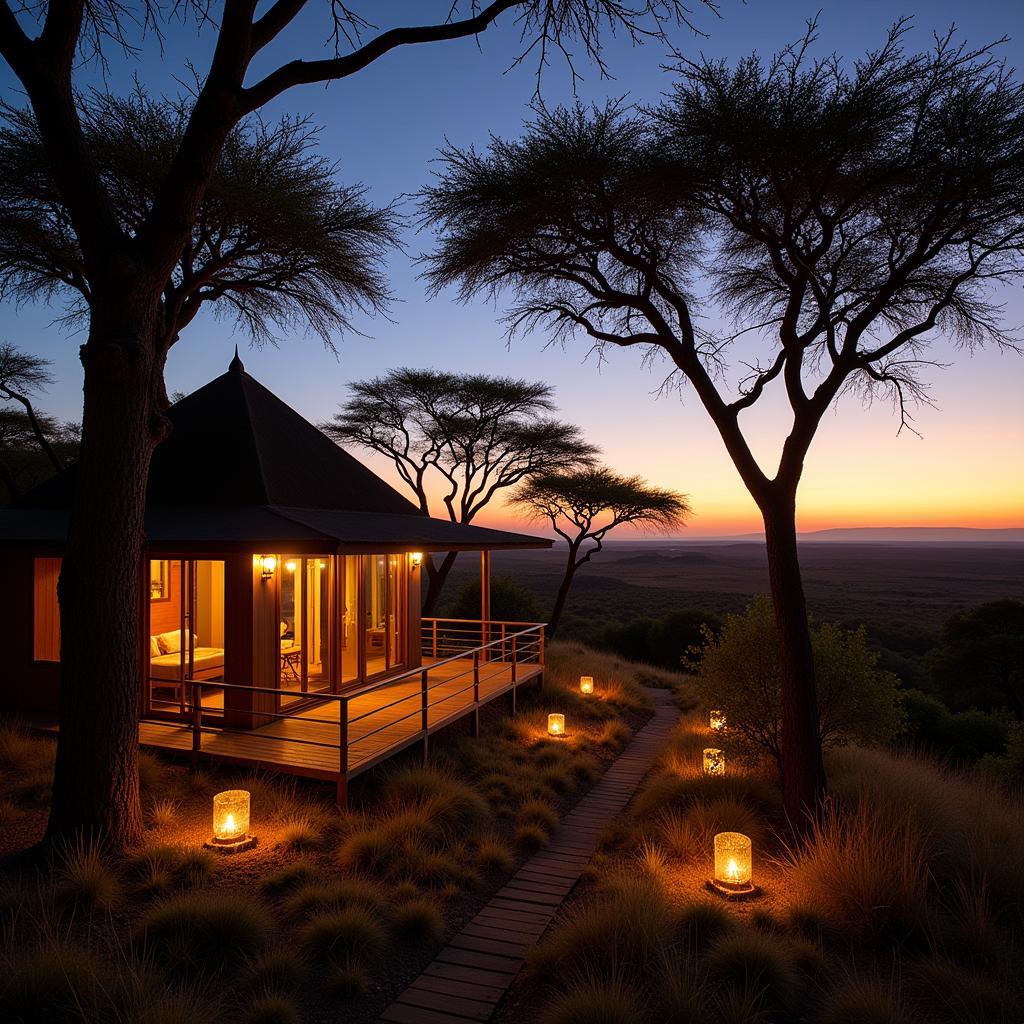An Introduction to African Dance
African dance is more than just movement; it’s a vibrant expression of culture, a celebration of life, and a powerful form of storytelling. This introduction to African dance will explore its rich history, diverse styles, and deep-rooted significance within African societies. We’ll delve into the rhythmic complexities, symbolic gestures, and the spiritual connection that makes African dance so captivating.
The Rich Tapestry of African Dance Styles
African dance is incredibly diverse, varying significantly from region to region and reflecting the unique traditions of each community. It’s not a single entity, but rather a mosaic of styles, each with its own distinctive movements, rhythms, and cultural significance. From the energetic Zulu dances of South Africa to the graceful movements of West African dances, the spectrum of styles is vast and mesmerizing. These dances are often deeply intertwined with the social fabric of communities, playing integral roles in ceremonies, rituals, celebrations, and everyday life.
Many African dances emphasize community participation, fostering a sense of unity and shared identity. The movements often mimic the natural world, drawing inspiration from animals, the elements, and the rhythms of daily life. For example, some dances imitate the movements of birds in flight, while others evoke the powerful energy of the ocean waves. This connection to nature is a fundamental aspect of many African dance traditions. It’s important to understand that African dance is not just entertainment; it’s a vital part of cultural expression, carrying historical narratives, social values, and spiritual beliefs from one generation to the next.
Understanding the Significance of Rhythm and Music
Rhythm is the heartbeat of African dance. The intricate polyrhythms, created by the interplay of multiple instruments, drive the dancers’ movements and create a dynamic, pulsating energy. Drums, in particular, play a central role, providing the rhythmic foundation for many African dance styles. The drumming is not merely accompaniment; it’s a conversation, a call and response between the musicians and the dancers, creating a powerful synergy. The music itself is often rich with symbolic meaning, conveying stories, emotions, and cultural values.
Beyond the drums, a variety of other instruments contribute to the sonic landscape of African dance, including rattles, bells, xylophones, and stringed instruments. These instruments add layers of texture and complexity to the music, enhancing the emotional and spiritual depth of the dance. The combination of music, rhythm, and movement creates a truly immersive experience that transcends mere entertainment, offering a glimpse into the heart and soul of African culture.
African Dance: More Than Just Steps
African dance is far more than just a series of steps; it’s a holistic experience that engages the entire body and spirit. The movements often involve intricate footwork, combined with fluid movements of the torso, arms, and head. These movements are not just aesthetically pleasing; they are often imbued with symbolic meaning, telling stories, expressing emotions, and conveying cultural values. The dances can be celebratory, mournful, spiritual, or even educational, each serving a unique purpose within the community.
Many African dances involve elaborate costumes and masks, adding another layer of symbolism and visual spectacle. These costumes can represent animals, spirits, or ancestral figures, enhancing the narrative and spiritual power of the dance. Through these various elements—the music, the rhythm, the movement, the costumes—African dance becomes a powerful medium for cultural expression, preserving and transmitting traditions from one generation to the next. For a deeper dive into the characteristics of African music, check out 9 characteristics of african music.
Conclusion: Embracing the Power of African Dance
African dance is a vibrant testament to the rich cultural heritage of the African continent. It’s a powerful form of expression that transcends language and connects people to their history, their community, and their spiritual roots. From the intricate rhythms to the symbolic movements, African dance offers a captivating glimpse into the heart and soul of African culture. As we’ve explored in this introduction to African dance, its diverse styles, deep significance, and powerful connection to music and rhythm make it a truly unique and enriching art form. It’s an invitation to celebrate life, to connect with others, and to experience the beauty and power of human expression in its purest form. Explore further the unique aspects of African culture such as the African jungle dance introduction and gain a deeper understanding of the fascinating traditions. You might also find information about African deity of death insightful.
FAQ
- What are the main characteristics of African dance? African dance emphasizes rhythmic movement, often involving the entire body, and is deeply connected to the music and cultural traditions of the community.
- What is the role of music in African dance? Music, particularly drumming, provides the rhythmic foundation and drives the dancers’ movements. It’s an integral part of the dance, not just accompaniment.
- Are there different styles of African dance? Yes, African dance encompasses a vast array of styles, varying across different regions and communities, each with unique movements and cultural significance.
- What is the cultural significance of African dance? African dance plays a vital role in ceremonies, rituals, celebrations, and everyday life, expressing cultural values, telling stories, and fostering community.
- How can I learn more about African dance? Research online resources, attend workshops or classes, and watch performances to deepen your understanding and appreciation of African dance. You can also discover more on African couple tube.
- Where can I find examples of African dance? You can find videos of African dance performances online, attend cultural events, and visit museums that showcase African art and culture.
- How is African dance connected to spirituality? Many African dances have spiritual significance, connecting dancers to their ancestors, their community, and the natural world. You can learn more about African people sex and their relationship to spirituality and cultural beliefs.
Common Scenarios
- Attending a cultural festival: You can often see various styles of African dance showcased at festivals and celebrations.
- Taking a dance class: Many studios offer classes in specific styles of African dance, allowing you to experience it firsthand.
- Watching a performance: Professional dance companies often present performances that explore the richness and diversity of African dance traditions.
Further Exploration
You might also be interested in learning more about specific regional dance styles or the history and evolution of African dance.
Call to Action
For further assistance or inquiries, please contact us at: Phone: +255768904061, Email: kaka.mag@gmail.com or visit us at: Mbarali DC Mawindi, Kangaga, Tanzania. Our customer service team is available 24/7.

